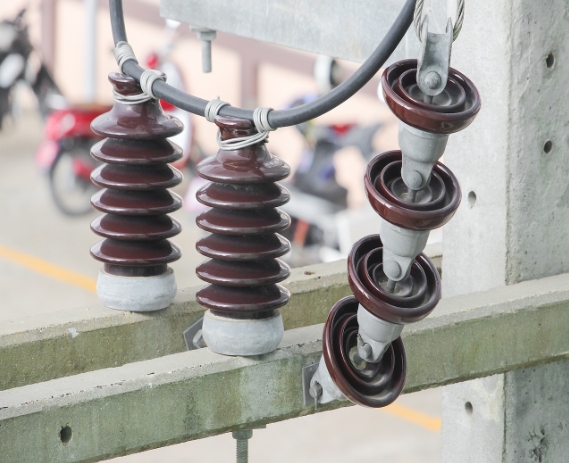What Are the Components of Power Transmission?
Oct 13, 2024Power transmission equipment plays a crucial role in delivering electricity from power generation plants to consumers. It involves multiple stages and various components that work together to ensure electricity is transmitted efficiently, safely, and reliably. Understanding the key components of power transmission is essential to grasp the complexity of modern power grids and how they function. This article breaks down the core elements of power transmission systems and their roles in the overall process.
Power transformers are one of the most critical components in the power transmission process. They step up or step down voltage levels to facilitate efficient transmission and distribution of electricity.
Step-Up Transformers: At the power generation site, electricity is produced at relatively low voltages. To minimize energy losses during transmission over long distances, step-up transformers increase the voltage, sometimes to as high as 765 kV or more. The higher the voltage, the less current is needed, reducing heat loss in the transmission lines.
Step-Down Transformers: Before electricity reaches end-users, it must be reduced to safer voltage levels. Step-down transformers, usually located at substations, lower the high transmission voltages to levels suitable for residential, commercial, and industrial use.
Transmission lines are the arteries of the power transmission system. They carry high-voltage electricity from power plants to substations, where it is then distributed to various regions and sectors.
Overhead Transmission Lines: These are the most common type of transmission lines, suspended by towers or poles. They are visible in many parts of the world and carry electricity across long distances. Overhead lines are cost-effective and can handle high voltages, but they are exposed to environmental elements, making them more susceptible to damage from weather conditions.
Underground Transmission Lines: In some urban areas or regions where space is limited, underground cables are used for power transmission. These lines are more expensive to install and maintain than overhead lines but are protected from weather-related disruptions.
Substations are key nodes in the power transmission system, serving as transition points between transmission lines and distribution networks. They house a variety of power transmission equipment that regulates voltage, monitors power flow, and ensures safe operation.
Switchgear: Switchgear is a combination of electrical disconnect switches, fuses, or circuit breakers used to control, protect, and isolate electrical equipment. It ensures that the power supply is reliable by enabling maintenance and fault clearance without interrupting the electricity supply.
Capacitors and Reactors: Capacitors and reactors are used in substations to maintain voltage stability. Capacitors help store and release electrical energy as needed, while reactors manage current flow to prevent overloading the system.
Circuit breakers are safety devices installed within transmission and distribution systems. They automatically interrupt the flow of electricity in the event of an overload or short circuit, preventing damage to the equipment and ensuring the safety of the entire system.
Insulators play a vital role in ensuring the safe and reliable transmission of electricity. They prevent the flow of electrical currents to unwanted paths, such as from transmission lines to the ground or between conductors.
Conductors are the materials used to carry electricity through transmission lines. The most commonly used conductor material is aluminum, often reinforced with steel to provide additional strength.

The components of a power transmission system work together to ensure the efficient and reliable delivery of electricity from generation stations to consumers. Power transformers, transmission lines, substations, circuit breakers, insulators, and conductors are all essential elements of this process, each playing a specific role in maintaining the integrity of the power grid.
For high-quality power transmission equipment, including transformers and other components, Dysen Industrial offers top-tier solutions designed to meet the demands of modern power systems. Explore our product range to find the right equipment for your power transmission needs.
Tags :